category of interest?
Migrating to Open Source: SAS to Python
Although we don't deny some of the benefits of licensed solutions, we can't help being the evangelists of open-source technology. We believe that hundreds of thousands of euros that companies spend on licenses can be invested more efficiently.
Smart banking with data science
At Knoyd we are constantly trying to help our clients leverage data, predict the future or, put simply, be smart. This year, two of our important customers came from the banking sector so we have decided to share our experience and explain how their businesses have become smarter.
Decreasing default rates thanks to the identification of gamblers
Working as Data Scientists, we have to solve various problems on a daily basis. Some of them are tasks we've completed many times before and some of them are completely new to us and we have to understand the business logic behind them before starting building models. The latter was the case when our client, a bank, approached us a couple of months ago with a problem they were tackling – whether to provide or deny loans to gamblers.
Data Science in a Bank: The Next Best Offer
In this month's blog post, we are going to share a case study based on a project we did for one of our clients – a Slovak bank.
By now, most financial institutions have been familiar with data analysis for some time. One use case for examples is credit scoring. Money lenders, such as banks and credit card companies, have been using it for a couple of decades now to evaluate the risk of lending money to consumers and to mitigate losses. However, the recent arrival of new technologies and the rise of machine learning and Data Science brought along many new opportunities.
Churn Prediction - Maximize Your Customer Retention
A 5% increase in customer retention produces more than a 25% increase in profit. It is cheaper to keep existing customers than gain new ones. Over the years, we have collected a lot of experience with churn prediction, from industries like telecommunication providers, banking or computer security. Today we want to share some of our experience with you.
Scraping and Analysing Amazon Reviews
In this post we will show you how to scrape reviews from an amazon product page. This data can be used to create datasets for sentiment analysis or other educational or research purposes. If you sell products on Amazon it can even be useful to analyse the reviews to understand what customers like and dislike about your product. Let's dive in!
Semantic Similarity Across Facebook Posts
In this post we will use modern Natural Language Processing techniques to find similar posts in a Facebook group.You have probably been in a situation where you want to post something in a Facebook group but you are not sure whether almost the same post already exists and is maybe just hiding on the next page.







